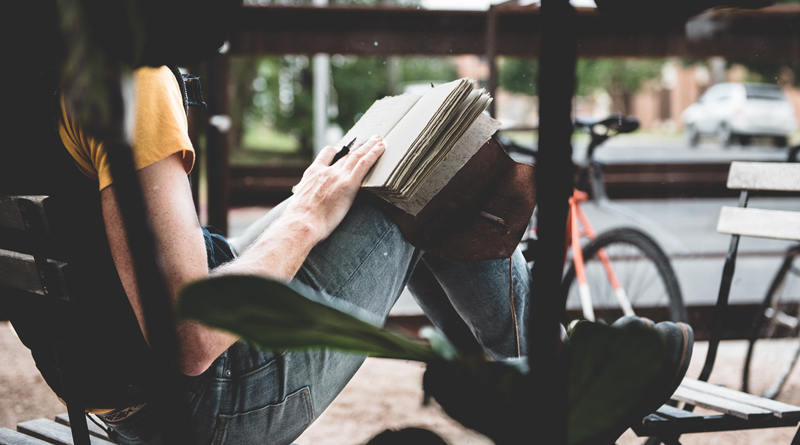
When Multisensory Meets Multimedia: Embracing Tools for the Neurodiverse
By Susan B. Kahn, M. Ed.
MULTISENSORY MEETS MULTIMEDIA
“If you made You Tube videos, we would like to study and study more,” they
said. I listened, and the results are amazing. As an accomplished teacher of children and adults with language learning challenges, I strive to enhance my programs by embracing the technological tools available today. As a result, multi sensory teaching combined with multi media maximizes efficacy.
MIXING THE OLD AND THE NEW
R REMEMBERING is the key to action.
I INFORMATION provides the tools for action.
P PICTURES form pathways to memory.
P PATTERNS form pathways to memory.
S STORIES form pathways to memory.
Giving the brain 5 inputs of the same fact makes a powerful impression on the brain and facilitates memory. The Sue’s Strategies RIPPS Method epitomizes multi-sensory learning.
Using animated videos for teaching structured language brings the great Orton- Gillingham method into the 21st century. Studies show that children prefer digital learning. Educators must modify instructional materials to appeal to this new generation of learners. Animated videos employ the RIPPS Method philosophy.
CAN A 2 MINUTE VIDEO PER DAY MAKE READING PROBLEMS GO AWAY?
Yes, free, tiny, 2 minute, animated videos about phonics can improve reading accuracy and fluency. For example, in “Sue’s Strategies Episode 3: S Makes 2 Sounds,” one learns that S between two vowels makes a Z sound as in the name, SuSan. Then, SuSan becomes Darth Vader. A big surpriSe! After practicing the lessons presented in the videos, a student can use phonics to sound out unknown words for reading and spelling.
WILL A STUDENT BECOME PROFICIENT JUST BY WATCHING VIDEOS?
No, but practicing with workbooks will provide drill and practice to reinforce the video lessons. One syllabication practice exercise of 20 words on four or five different days per week will enable most students to develop automaticity in phonetic reading skills. Long term learning depends upon understanding, practicing, and finally owning the skills.
WHO WOULD BENEFIT FROM THESE VIDEOS AND BOOKS?
If a person struggles to remember how to read and/or spell words, this individual can learn the sounds that each letter makes and when that letter makes each sound. Then the sounds should be blended into syllables, the basis for both small and large words. Typically, dyslexics, struggling readers and English Language learners find these strategies very helpful. Embracing diverse teaching methods to succeed with different types of brains is the future of education.
HERE ARE A FEW OF SUSAN’S VIDEOS, SHARED HERE WITH HER PERMISSION:
Susan B. Kahn, M. Ed., author and special needs teacher, collaborates with computer expert, Michael Beal. They present original, animated videos on You Tube to promote literacy. Ms. Kahn has also written books on writing skills.
Susan B. Kahn, M. Ed., author and special needs teacher, collaborates with computer expert, Michael Beal. They present original, animated videos on You Tube to promote literacy. Ms. Kahn has also written books on writing skills.




